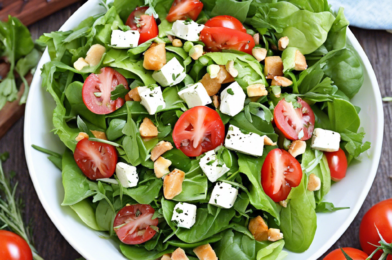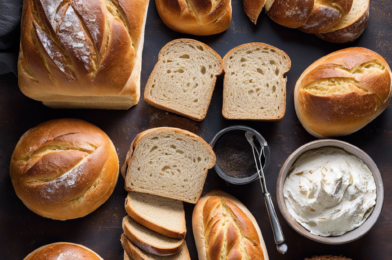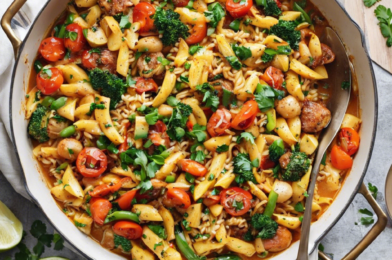Baking is a precise art, a delicate dance between ingredients and techniques that, when mastered, yields delicious results. To become a baking connoisseur, one must understand the nuances of this craft and employ a few clever tricks. So, if you’re ready to don your apron and whip up some magic in the kitchen, here’s your ultimate guide to mastering the art of baking.
First, invest time in understanding the basics. Baking is a science, and like any science, it has fundamental principles that underpin the entire process. Familiarize yourself with the roles of key ingredients such as flour, sugar, butter, and leavening agents. Know the importance of accuracy in measurements and the impact of environmental factors like humidity on your bakes. A deep understanding of the basics will provide a solid foundation for your baking journey and help you troubleshoot any issues that may arise.
Precision is paramount in baking, and measuring your ingredients accurately is crucial to achieving consistent results. Invest in a good set of measuring cups and spoons, and familiarize yourself with the proper techniques for measuring different types of ingredients. For dry ingredients like flour and sugar, use the spoon-and-level method, gently spooning the ingredient into your measuring cup without compacting it, then leveling it off with a knife. For liquids, always use liquid measuring cups, which have a spout for easy pouring, and read the measurement at eye level to ensure accuracy.
Another essential aspect of baking is understanding the role of temperature. It can make or break your bakes, quite literally. Ovens can have hot spots, so it’s important to know your oven and invest in an oven thermometer to ensure accuracy. Many recipes require a preheated oven, and this is vital for the success of your bake. A preheated oven provides the correct environment for leavening agents to work and ensures even cooking. Allow your oven to fully preheat before placing your bake inside, and be mindful of opening the oven door, as temperature fluctuations can affect the rise and texture of your creation.
Timing is everything in baking, and mastering the art of timing will ensure your bakes are perfectly cooked every time. Each recipe has a specific baking time for a reason – too short, and your creation may be undercooked or soggy; too long, and it could dry out or burn. To ensure precision, set multiple timers if needed to remind yourself to rotate baking pans or check on the progress of your bake. The more you bake, the better you’ll become at recognizing visual and olfactory cues that indicate your creation is ready.
Every baker has their signature style, and part of mastering the art of baking is finding your unique touch. Embrace experimentation and customization to add your personal flair to recipes. You might try substituting extracts or adding flavor infusions to create unique taste profiles. Play with decorative touches, such as intricate icing designs or elegant garnishes, to make your bakes visually striking. The possibilities are endless, and by adding your signature style, you’ll leave your distinct mark on every creation.
Practice truly makes perfect when it comes to baking. The more you bake, the more comfortable you’ll become with recipes, techniques, and troubleshooting. Dedicate time to trying new recipes and honing your skills. Embrace failures as opportunities to learn and grow, and before long, you’ll be confidently tackling complex bakes and creating masterpieces in the kitchen. Remember, even the most renowned bakers started with simple recipes and perfected their art through consistent practice.
Lastly, every master baker knows the value of quality ingredients. Sourcing the best ingredients you can afford will elevate your bakes and ensure the most flavorful results. Seek out local farmers’ markets for fresh produce, invest in high-quality baking chocolate, and opt for pure extracts over artificial ones. Small-batch flours and specialty sugars can also enhance the uniqueness and flavor of your creations. By choosing quality ingredients, you’re not just baking – you’re crafting an experience for the senses, one that will leave a lasting impression on every taste tester.
Mastering the art of baking is a delightful journey filled with sweet rewards. With these tips and a dash of passion, you’ll soon be crafting delectable treats that impress and inspire. Happy baking!






